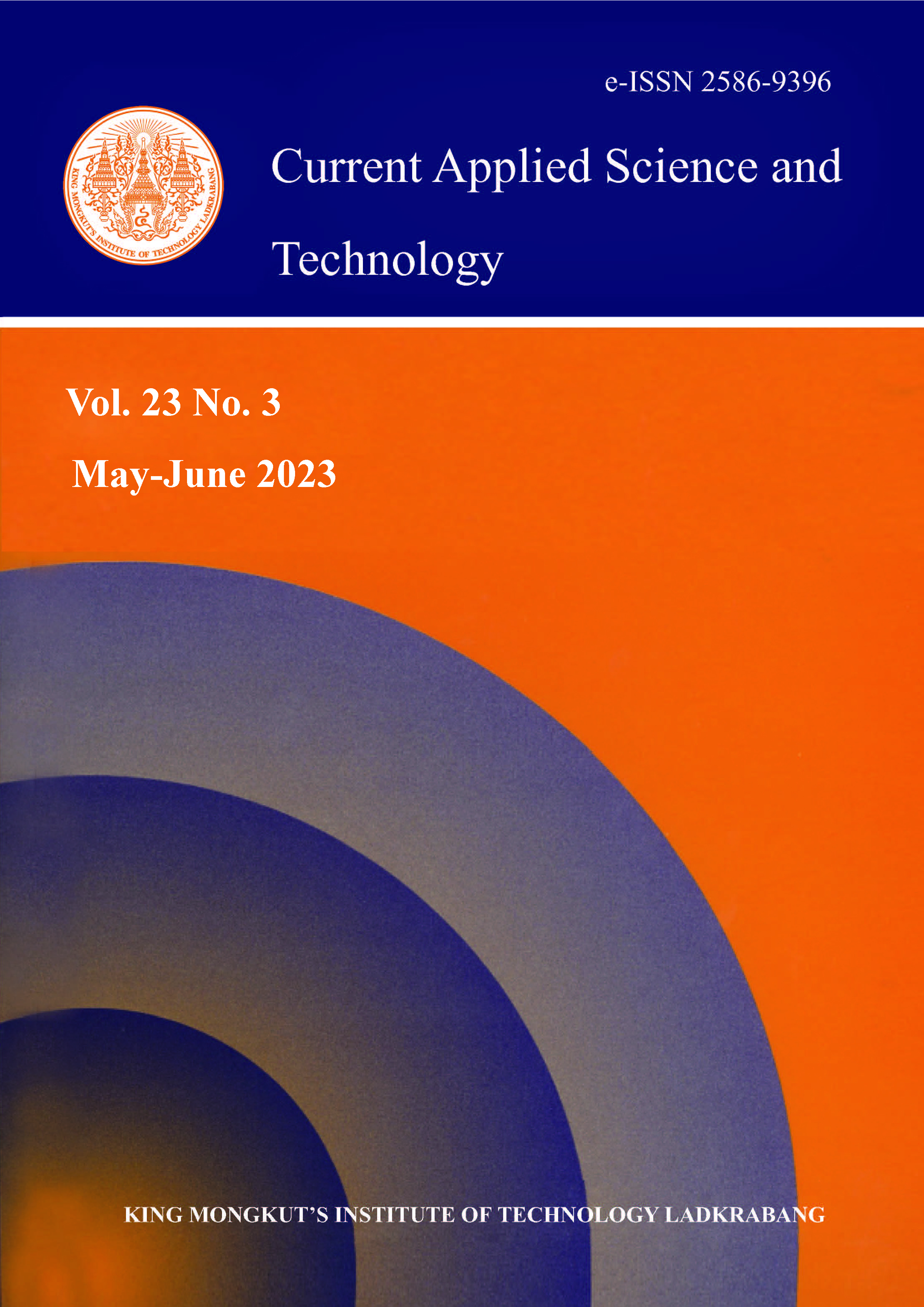Currently, an application like Start-Light-Ignition (SLI) for the automotive industry prefers flooded type lead-acid energy storage and is also vastly adopted energy storage. Lead-acid cells in a battery comprise negative and positive electrodes, separated by an insulating material with industrial-grade H2SO4 as an electrolyte. The objective of the present investigation is to overcome the progressive sulphation in the negative electrode and improve the battery’s electrical performance. With one dimensional (1D) carbon nano tubes (CNTs) as an additive in the negative electrode of an automotive flooded lead-acid battery (LAB), we try to improve the battery performance. In this study, negative electrodes of LAB were prepared by loading traditional constituents like lead oxide, H2SO4, H2O, polyester binder, lignosulphonate, and Blanc Fixe while limiting MWCNTs to 0.2%. The performance studies of the prepared batteries were conducted, as per Japanese Industrial Standards (JIS). Both the batteries prepared with and without MWCNTs as an additive in negative active materials (NAM) were subjected to electrical assessments to understand the cold cranking ability, cycling stability, and charge acceptance. The batteries were also analyzed by electrochemical impedance spectroscopy (EIS) where the lower charge transfer resistance was observed with the battery having MWCNTs when compared to the control (without MWCNTs) battery. The present investigations established that the MWCNT material, as an additive, played a vital role in laying an improved conductive network across the negative electrodes for higher cycling applications (ISS/Hybrid/EV).
Keywords: lead-acid batteries; automotive; MWCNTs; negative electrode; EIS; charge acceptance; cranking and cycling ability
*Corresponding author: Tel.: (+91) 9176603143
E-mail: snd@amararaja.com
Doraswamy*, S. ., Dama, N. undefined. ., Kurivella, S. M. ., Mandava, J. ., & Veeredhi, V. R. . (2022). EIS and Electrical Investigations on (1D) Multiwall Carbon Nanotubes as NAM Additive for Automotive Lead-Acid Battery. CURRENT APPLIED SCIENCE AND TECHNOLOGY, DOI: 10.55003/cast.2022.03.23.015 (9 pages). https://doi.org/10.55003/cast.2022.03.23.015


https://cast.kmitl.ac.th/doi/10.55003/cast.2022.03.23.015